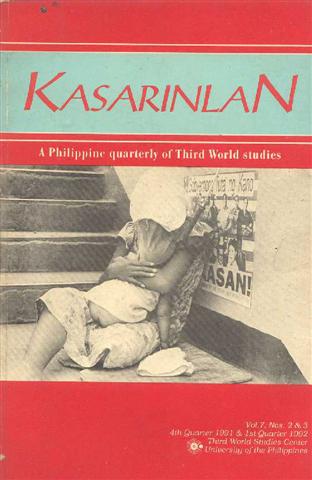Why the Philippines Did Not Become a Newly Industrializing Country
Abstract
The Philippines is often a puzzle to many international observers. Compared to its Asian neighbors South Korea and Taiwan which have both attained the enviable NIC (newly industrializing country) status, the Philippines has lagged behind both countries in terms of several economic development indicators: GNP growth, per capita income, life expectancy, calorie intake requirements, etc. (See Table 1, Appendix). Only a few decades ago, the Philippines was considered as the "jewel" among Southeast Asian nations and was even referred to in some literature as an NIC like South Korea and Brazil (Harris 1983). The Philippines appeared set to join the ranks of the NICs in the early 1970s, with large and growing sectors of manufacturing and labor-intensive goods, especially when other Asian NICs were vacating the field of light labor-intensive manufactures and moving into skilled and capital-intensive products (Hill and Jayasuriya 1985, 135). But now, all other Southeast Asian nations, including Thailand, Indonesia, and Malaysia, have surpassed the Philippines (Haggard in Nelson 1990, 215).
Published
2009-07-23
Issue
Section
Articles
By submitting a manuscript, the authors agree that the exclusive rights to reproduce and distribute the article have been given to the Third World Studies Center.



